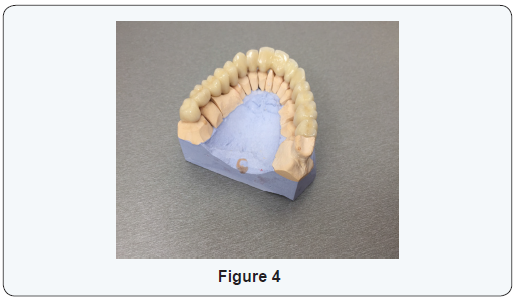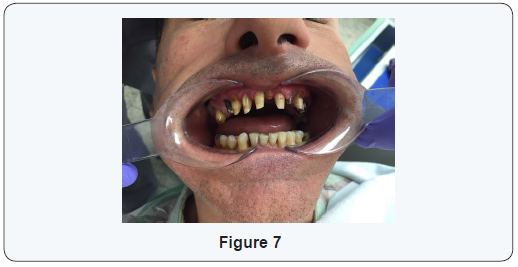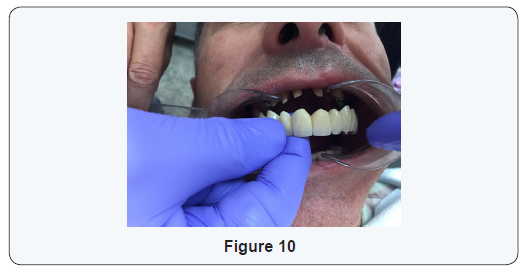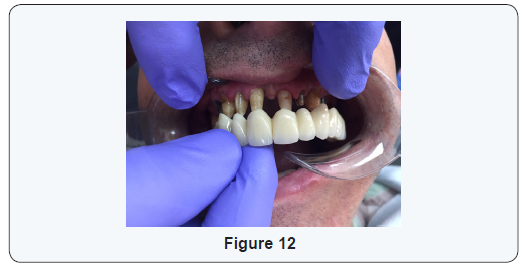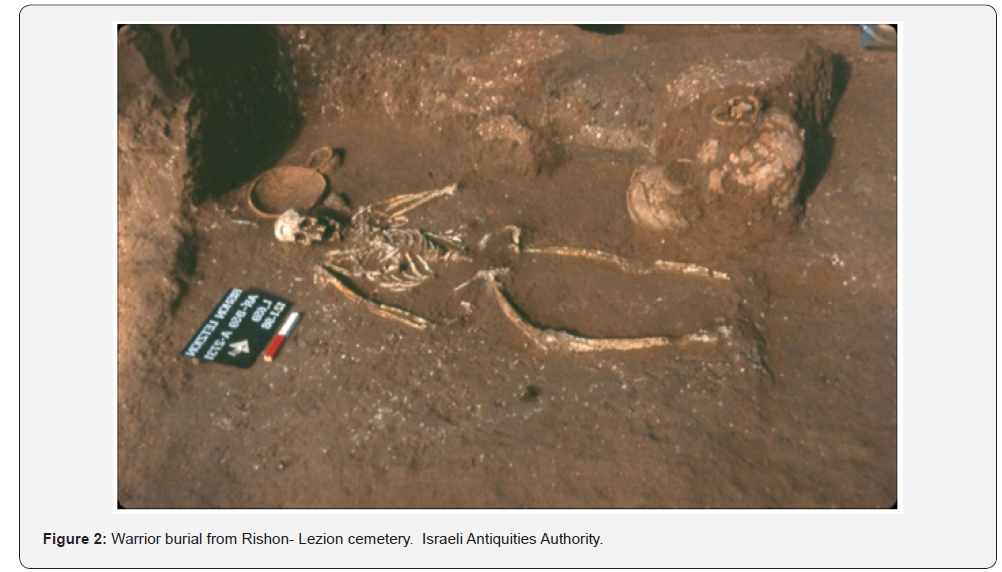Olive leaf (Olea europaea leaf) is a natural food
source known to have anticarcinogenic, antiproliferative and
anti-inflammatory effects in different types of tissues. Adenosine
deaminase, 5’nucleotidase and xanthine oxidase are enzymes playing part
in purine metabolism including salvage pathway. In the present study, it
is aimed to investigate possible inhibitory effects of aqueous extract
of olive leaf on different purine metabolizing enzyme activities in
benign and malign human gastric tissues. Fouteen cancerous and 14
adjacent noncancerous human gastric tissues were surgically removed from
patients underwent surgical operation. Olive leaf extract- treated and -
not treated tissues were analyzed in vitro for adenosine deaminase ,
5’-nucleotidase and xanthine oxidase activities.
Our results showed that aqueous extract of olive leaf
inhibited adenosine deaminase activity significantly in cancerous
gastric tissue (p=0.000) and 5’-nucleotidase activity in non cancerous
gastric tissue (p=0.001). However, no significant differences were found
between tissue xanthine oxidase activities. Results indicate that
aqueous extract of olive leaf may exhibit anti-cancer activites by
inhibiting adenosine deaminase and 5’nucleotidase in gastric tissues.
Keywords:
Olive leaf; Cancer; Adenosine deaminase; 5’-nucleotidase, Xanthine
oxidase; Oleuropein; Apigenin; Luteolin; Quercetin; Tyrosol;
Hydroxytyrosol; Caffeic acid; Ferulic acid; p-Coumaric acid; Cancer
Cancer is increasingly becoming a worldwide public
health problem. 14.1 million new cancer cases and 8.2 million cancer
deaths were reported in 2012 worldwide. It is expected that by 2025, 20
million new cancer cases are diagnosed each year.The most common cancer
types are lung , breast, and colorectal cancer respectively [1]. Gastric
cancer is the fourth most common cancer and second most common cause of
cancer deaths worldwide [2]. While radiotherapy and chemotherapy are
used to treat these cancers, severe side effects can be seen in some
patients. Recently natural and herbal remedies have taken attention
owing to their represented ability to treat some diseases like cancer.
Natural products can be used not only to treat cancer but also to
prevent it [3]. Smoking cessation, fruit and vegetable intake, reducing
salt intake, Helicobacter pylori eradication can help prevent from
gastric cancer [4].
Olea europaea is an evergreen tree which belongs to Oleaceae family .
The plant is cultivated widely in Mediterranean basin [5]. While the
fruits and the oil are consumed for nutrition, olea europaea leaf has
been used as a folk remedy for centuries.
Studies have shown that olive leaf has
antiproliferative, apoptotic, antiatherosclerotic, antioxidant,
antidiabetic, antiHIV and antifungal properties. Olive leaf contains
several phenolic compounds like oleuropein, apigenin, luteolin,
quercetin, tyrosol, hydroxytyrosol, caffeic acid, ferulic acid. The
potential health benefits of olive leaf have mainly attributed to these
bioactive substances [6]. Adenosine deaminase (ADA) is an enzyme
involved in purine metabolism which deaminates adenosine and
deoxyadenosine to inosine and deoxyinosine respectively. It plays an
important role in differentiation of the lymphoid system. ADA deficiency
related to severe combined immunodeficiency disease (SCID) .Therefore
ADA inhibitors are used to treat lymphoproliferative disorders as an
immunosuppressive therapy [7].
5’nucleotidases are important enzymes for maintaining
nucleotide pools which dephosphorylate nucleoside monophosphates to
nucleosides and inorganic phosphates. Nucleoside triphosphates necessary
for maintaining vital cellular processes. Since 5’-nucleotidases are
responsible for degradation of nucleoside monophosphates, they can
regulate cellular energy homeostasis by changing nucleoside
triphosphate to monophosphate ratio [8]. Xanthine oxidase (XO) is involved in purine metabolism
catalyzing the oxidation of hypoxanthine to xanthine, and
xanthine to uric acid [9]. It generates superoxide radicals and
hydrogen peroxide during oxidation [10]. These reactive oxygen
substances may contribute to various diseases like cancer [9].
It has also been reported that XO may be a crucial therapeutic
target for some diseases like gout, cancer, inflammation and
oxidative damage [11]. The present study aims to clarify possible
proposed anticarcinogenic effects of aqueous olive leaf extract
with regard to purine metabolizing enzyme activities of human
gastric tissues in vitro.
Fourteen cancerous and 14 adjacent noncancerous human
gastric tissues were obtained from patients by surgical
operation. After cleaned by saline solution, fresh surgical
specimens were stored at -80 °C until analysis. Before analysis
procedure, specimens were first homogenized by DIAX 900
(Heidolph, Kelhaim, Germany) in saline solution (20 %, w/v).
The homogenates were centrifuged at 5000 rpm for 30 min by
a Harrier 18/80 centrifuge (MSE, London, UK) to remove debris.
Then, clear supernatant fractions were taken for enzymatic
analysis. Aqueous extract of olive leaf (Olea europaea leaf) was
prepared at concentration of 10 % (w/v) in distilled water.
Tissue homogenates were treated with aqueous extract of olive
leaf for 1 hour.
Enzyme activities were measured in the specimens with
and without olive leaf extract spectrophotometrically by
using Helios alpha Ultraviolet/Visible Spectrophotometer
(Unicam, Cambridge, UK). Protein concentration in the
samples was measured by the method of Lowry, and adjusted
to equal concentrations [12]. ADA activities were measured by
Giusti method. The method is based on spectrophotometric
measurement of a blue colored dye occurred after the reaction
of ammonia (product of adenosine deamination) with phenol
nitroprusside and alkaline hypochlorite solution [13]. Xanthine
oxidase activities were evaluated by measuring uric acid
formation from xanthine at 293 nm [14], and 5’-nucleotidase
activities were performed by determination of liberated
phosphate at 680 nm as described previously [15].
Statistical evaluations between groups were made by
using Mann-Whitney U test, and p values lower than 0.05 were
evaluated significant. All statistical calculations were performed
by using SPSS statistical software (SPSS for Windows, version
11.5)
ADA, 5’-NT and XO activities are shown in the Table 1, and p
values in the Table 2. It has been observed that aqueous extract
of olive leaf inhibited adenosine deaminase in malign gastric
tissue (p=0.000), and 5’-nucleotidase in benign gastric tissue
(p=0.001) significantly. However, no significant differences
were found between tissue xanthine oxidase activities. Although
ADA activities in the treated benign tissues, and 5’-nucleotidase
activities in the treated malign tissues were lower than those in
the non- treated tissues, they were not significant statistically
(p=0.067, p=0.062). In addition, we found no meaningful
differences between benign and malign tissue enzyme activities.
Natural remedies have been used from ancient times till
now in conventional Eastern medicine. It has been known that
more plant consumption reduces the incidence rates of cancer.
Phenolic compounds are those of the plant ingredients that
represent anticancer properties [16]. Olive leaf contains various
phenolic compounds including oleuropein, ligstroside aglycone,
oleuropein aglycone, quercetin, isorhamnetin, rutin, catechin,
gallocatechin, apigenin, luteolin, tyrosol, hydroxytyrosol,
gallic acid, p-coumaric acid, caffeic acid and ferulic acid that
contribute to anti-carcinogenic, antioxidant, anti-inflammatory
and antimicrobial effects [17].
Researchers have demonstrated that
hydroxytyrosol-rich
extract of the olive leaf can inhibit human breast cancer cell
growth owing to cell cycle arrest in the G0/G1 phase [18].
Oleuropein and its semisynthetic peracetylated derivatives
have been documented for its antiproliferative and antioxidant
effects on human breast cancer cell lines [19]. Olive leaf extract’s
antigenotoxic, antiproliferative and proapoptotic activities on
human promyelocytic leukemia cells were previously reported
[20]. Further researchers have shown that dry olive leaf extract
possesses strong anti melanoma potential by reducing tumour
volume, inhibiting proliferation,causing cell cycle arrest [21].
Studies have also demonstrated gastroprotective activity of olive
leaf [22] and antioxidant effects on ethanol-induced intestinal
mucosal damage [23].
ADA is responsible for adenosine and inosine breakdown.
Inhibition of ADA blocks the deamination of purine nucleotides,
and as a consequence accumulation of ADA substrate,
2-deoxyadenosine inhibits ribonucleotide reductase. This
process leads to a reduction of nucleotide pool, and limits DNA
syntesis [24]. Phosphorylation of deoxyadenosine results in
deoxyadenosine triphosphate production. Deoxyadenosine
triphosphate and deoxyadenosine both inactivate
S-adenosinehomocysteinase [25] and affect cellular methylation
of some substances like proteins, DNA and RNA [26]. There are
many studies as to the ADA activation on different pathologic
conditions. Inhibition of ADA was found to reduce intestinal
inflammation in experimental colitis [27]. A study on human
gastric cancer cell line has also shown that extracellular
adenosine induces apoptosis [28]. It is known that chronic
inflammation predisposes to gastric cancer [29]. Adenosine
reflects its metabolic function by its four G-protein coupled
receptors. Adenosine A2A reseptor activation possesses antiinflammatory
effects on various conditions [30].
In the present study, aqueous extract of olive leaf was
found to inhibite adenosine deaminase in malign gastric tissue
(p=0.000), significantly. Inhibition of ADA can promote adenosine
accumulation, and therefore it not only induces apoptosis but also
exhibit anti-inflammatory effects on gastric cancerous tissue.
5’nucleotidases are responsible for degradation of nucleoside
monophosphates. Until now, 7 types of human 5’-nucleotidases
have been identified [8]. One of them is ecto-5’-nucleotidase
that is also known as CD73. Studies have implied that ecto-5’-
nucleotidase regulates proliferation, migration and invasion of
cancer cells in vitro, tumor angiogenesis and tumor immune
evasion in vivo [31]. Nucleoside analogues are used as both
anticancer and antiviral agents. These drugs inhibit DNA syntesis
by its active substances. Studies have shown that enhancing
nucleotidase activity can cause anticancer drug resistence by
inhibiting nucleoside analogue activation [8]. Moreover, Lu et al
have reported that CD73 expression in malign gastric tissues is
higher than benign gastric tissues. This study has also indicated
that CD 73 overexpression is related to differentiation of tumour,
depth of invasion, stage and metastasis [32]. However in the
present study, no meaningful differences were found between
5’nucleotidase enzyme activities of benign and malign tissues.
Furthermore results of the present study show that aqueous
extract of olive leaf inhibits 5’-nucleotidase in benign gastric
tissue (p=0.001) significantly. Although 5’-nucleotidase activities
in malign tissues treated with olive leaf extract were found to be
lower than those in the untreated tissues, the differences were
not howevr significant from statistical points of wiew.
Xanthine oxidase is the last enzyme in purine degradation
which converts purines to uric acid and hydrogen peroxide.
Hydrogen peroxide is one of the reactive oxygen species.
Although hydrogen peroxide can play a part in oxidative damage
of DNA, and promotes malignant transformation, some studies
have shown that this substance is able to kill cancer cells at
higher concentrations [33].It has been reported that olive leaf
extract inhibits xanthine oxidase activity in vitro [34] . However
in our study, we found no significant differences between tissue
xanthine oxidase activity values.
Our results show that olive leaf extract inhibits adenosine
deaminase activity in malign gastric tissue significantly, but does
not affect xanthine oxidase activity. It seems quite reasonable
that accumulation of adenosine can exert anti-carcinogenic
properties by inducing apoptosis and by anti-inflammatory
effects. Additionally, inhibition of ADA and 5’nucleotidase can
deplete nucleotide pool which is very important for new DNA
synthesis. This study reveals preliminary information about
different effects of olive leaf on purine metabolizing enzymes
of benign and malign gastric tissues. Therefore, further in vivo
studies should be conducted to clarify possible anti-carcinogenic
effects of olive leaf.



